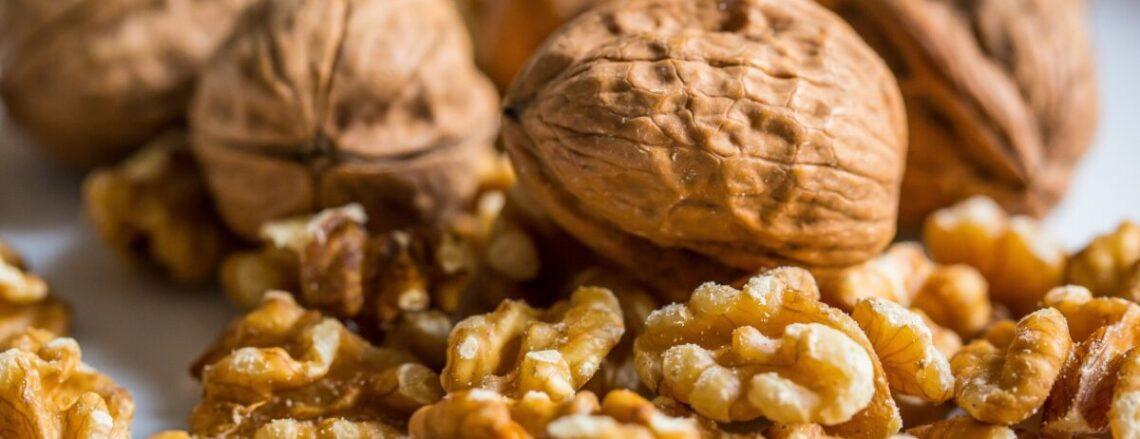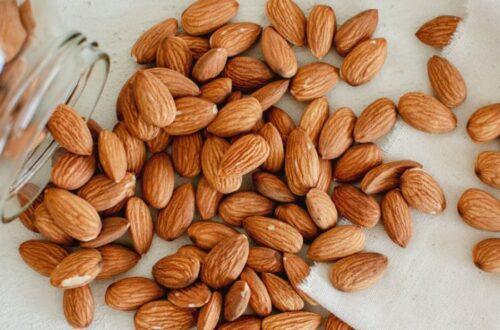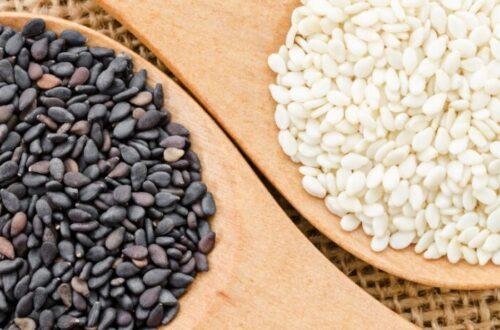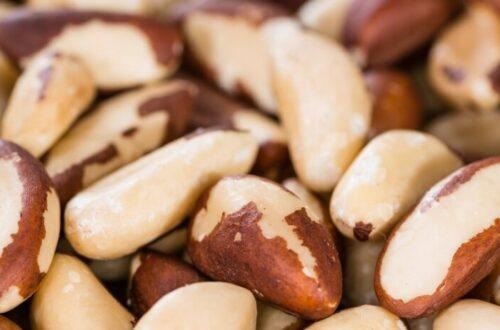
How to Make Walnut Milk (and Why It’s Worth Rotating Into Your Week)
If almond milk is your safe bet, walnut milk is your bold move—but in a good way.
It’s slightly earthier. A little more assertive. But behind that first sip is a long list of benefits, especially when the milk is made fresh and handled right.
Walnut milk is:
- Rich in plant-based omega-3s (ALA)
- Calming to the gut and nervous system
- Supportive for brain function and mood
- A natural match for cacao, cinnamon, and stone fruits
- An easy way to switch up your nut milk routine and improve nutrient diversity
Why Walnuts Are Brain-Smart and Body-Savvy
Walnuts are one of the best plant sources of ALA (alpha-linolenic acid)—an essential omega-3 your body uses for everything from hormone creation to cellular repair. Unlike omega-6s (which we tend to get too much of), omega-3s are harder to come by—and walnut milk makes them easier to fold into your day.
They also contain:
- Polyphenols, which may help lower inflammation
- Tryptophan, a precursor to serotonin
- Magnesium, for mood regulation and muscle ease
- Ellagic acid, linked to detox and immune support
In short: it’s not just about the brain. Walnut milk quietly supports your gut, nervous system, and hormonal clarity, too.
Should You Soak Walnuts First?
Yes—and always rinse them well.
Walnuts naturally contain tannins—plant compounds that can give your milk a bitter edge and make the final flavor harsher than it needs to be.
Soaking softens their texture, helps remove these compounds, and unlocks their digestion-friendlier side. It’s a small step that makes a big difference, especially for those with sensitive guts or sluggish absorption.
Want the full lowdown on what soaking actually does—and when it’s worth it? Head to the full guide:
Soaked or Not? The Real Deal on Soaking Nuts for Milk
How to Make Walnut Milk
Ingredients:
- 1 cup (120 g) raw walnuts
- 3–4 cups filtered water
- Optional: 1 date, cinnamon, vanilla, or a splash of almond extract
Instructions:
- Soak walnuts for 4–6 hours. Rinse well to reduce bitterness.
- Blend or cold-press with filtered water and optional add-ins.
- Strain if using a blender. Walnut skins can make the texture gritty.
- Store in a glass jar in the fridge for up to 72 hours. Shake before using.
Pulp tip: The leftover walnut pulp is dark, rich, and naturally a bit bitter. It makes a great base for brownies, raw cookies, or even a savory crust.
Where Walnut Milk Works Best
This milk brings depth and richness—so it pairs beautifully with bold flavors and comforting blends:
- Chia pudding with cacao or cardamom
- Raw banana ice cream with cinnamon or pear
- Smoothies with figs, dates, or roasted dandelion root
- Creamy dressings for roasted veg or hearty grain bowls
Use it where you’d use pecan, macadamia, or hazelnut milk. And if you’re working on improving your omega-3 intake or dialing down inflammation, it’s a smart repeat pour.
Pressed to Perfection
The Nama M1 nut milk maker cold-presses walnut milk like a pro. No bitterness, no heat, and no mess. Just smooth, enzyme-rich milk that protects the fats and preserves the nutrients.
If your blender tends to overheat or your nut bag days are behind you…
Use Nama Discount Code PLANTPOWER to save on the M1 nut milk maker and juicers.
Milk With a Memory
Walnut milk isn’t trendy. But it sticks with you.
It’s the kind of milk that nourishes subtly—supporting memory, calm, and mental clarity without screaming for attention. A quiet contributor to focus, hormone balance, and smoother digestion.
Make it once, and your brain might just remember how it made you feel.




